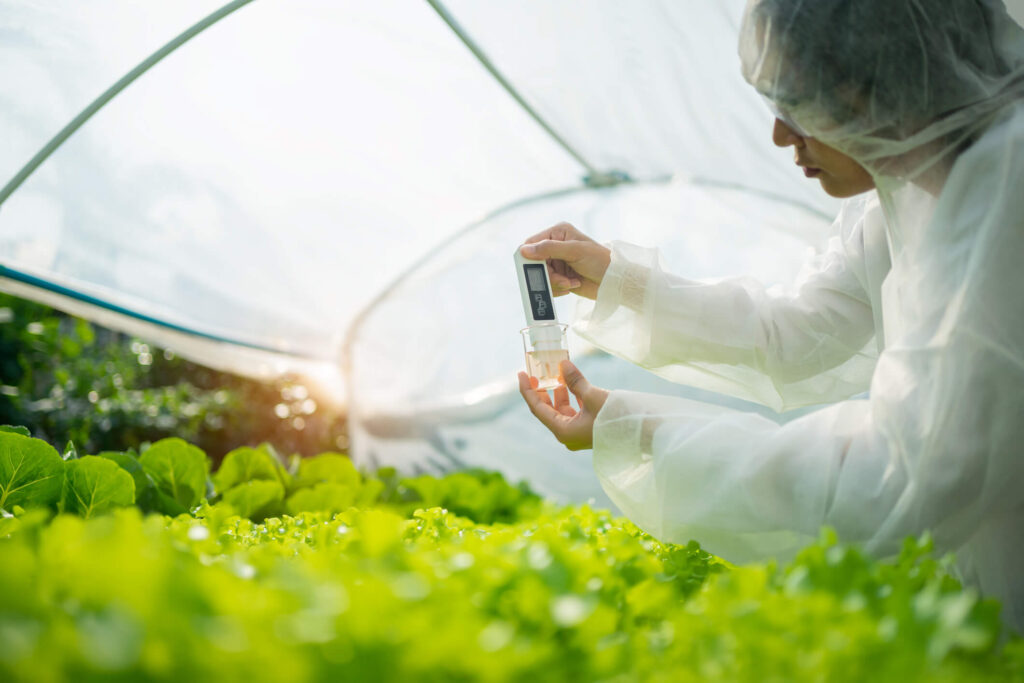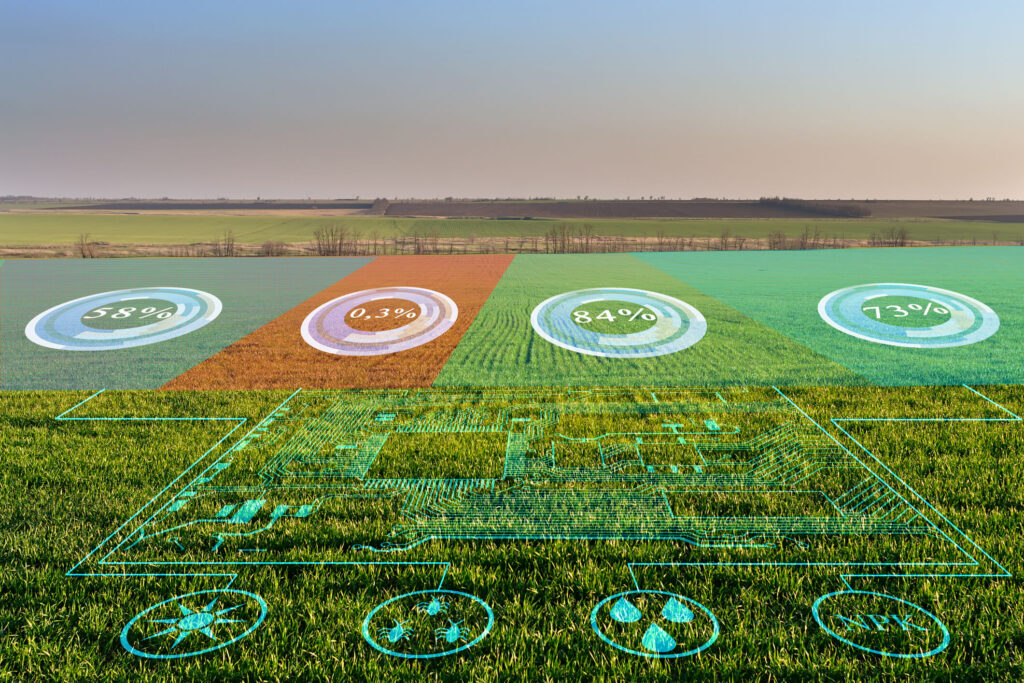Advanced sensor technology is enabling significant improvements in the modern food business, particularly in areas like quality control, food safety, and logistical efficiency.
The food industry has made great strides towards guaranteeing food safety, boosting quality, and increasing supply chain efficiency with the implementation of sensor technologies. In this article we will demonstrate how modern sensors—from sophisticated biosensors to temperature and humidity detectors—are transforming the production, processing, and tracking of food from farm to table. These technologies give outstanding insights into food integrity, environmental conditions, and operational dynamics through precise monitoring and real-time data.
Key Role of Sensor Technology in Food Processing
Sensors are essential in addressing major issues facing the food sector, such as stricter regulations and quality control, the need for sustainable packaging and decrease in plastic use, the increasing trend of veganism, increased supply chain expenses, and others. They are essential for keeping an eye on the environment, finding pollutants, and streamlining processes.
Therefore, before we showcase the most common types of sensors used in the food and beverage sector, it is essential to understand how sensors work in the food processing industry.
Ensuring Food Safety
Ensuring food safety is one of the main uses of sensor technology in the food business. By using sensors to identify pollutants and pathogens in food products, the risk of foodborne illnesses is substantially reduced. For instance, biosensors can detect dangerous germs like Salmonella and E. Coli in meat and poultry products, guaranteeing that the items are safe to eat before they are consumed by the customer. These sensors provide a rapid and efficient way to guarantee food safety by identifying particular biological markers linked to diseases.
Enhancing Quality Control

Another important area that sensor technology is having a big impact on is quality control. All throughout the food product production process, sensors are used to monitor the quality. This entails determining if fruits and vegetables are ripe, controlling the fermentation process in the dairy and brewing sectors, and guaranteeing that food textures are consistent. For example, food goods’ chemical composition can be examined by spectroscopy sensors to make sure they adhere to the strict quality standards established by producers and authorities.
Sensors aid manufacturers in decision-making by offering real-time data on food quality, which improves product quality and customer happiness. To find out more about quality control and how to use new technologies (such as AI) to augment the process, read the full article here.
Optimising Supply Chain Management
Optimising the food product supply chain management is another important function of sensor technology. For instance, temperature and humidity sensors are employed during storage and transit to guarantee that food items are maintained in ideal conditions, minimising deterioration and waste. It is especially important in cold chain management to maintain perishable products’ freshness.
Transparency and traceability in the supply chain are provided by GPS and RFID sensors, which aid in tracing the flow of food goods from farm to table. This guarantees that customers obtain fresh, high-quality items in addition to assisting in the reduction of food waste.
10 Sensors Used in the Food Industry
The food industry uses a wide variety of sensors to ensure food safety, maintain quality, and speed up production. Below is a summary of the main types and applications of sensors used in the food industry:
1. Temperature Sensors
- Application: Monitoring and controlling the temperature during processing, storage, and transportation to ensure food safety and prevent spoilage.
- Examples: Thermocouples, infrared (IR) sensors, resistance thermometers.
2. Humidity Sensors
- Application: Ensuring optimal humidity levels during storage and transport to prevent spoilage and maintain food quality.
- Examples: Capacitive, resistive, and thermal conductivity humidity sensors.
3. pH Sensors
- Application: Monitoring the acidity or alkalinity of food products, which is crucial for certain foods like dairy products, to ensure safety and quality.
- Examples: Glass electrode sensors, ISFET pH sensors.
4. Gas Sensors
- Application: Detecting gases like carbon dioxide, oxygen, and ethylene in packaging and storage areas to monitor product freshness and control atmospheric conditions.
- Examples: Electrochemical gas sensors, optical gas sensors.
5. Biosensors
- Application: Detecting pathogens, allergens, and toxins in food products to ensure safety.
- Examples: Enzyme-linked, antibody-based, and DNA-based biosensors.

6. Optical Sensors
- Application: Assessing food quality and characteristics, such as colour, size, and shape, as well as detecting foreign objects in food products.
- Examples: Spectroscopy sensors (e.g., NIR, Raman), colorimetric sensors.
7. Pressure Sensors
- Application: Monitoring pressure in food processing equipment and packaging to ensure proper sealing and product consistency.
- Examples: Piezoelectric sensors, strain gauge sensors.
8. Conductivity Sensors
- Application: Measuring the electrical conductivity of foods, which can indicate properties such as salinity, moisture content, and overall quality.
- Examples: Contact and non-contact conductivity sensors.
9. Moisture Sensors
- Application: Determining the water content in food products to control drying processes, optimise storage conditions, and ensure product quality.
- Examples: Capacitive, microwave, and NIR moisture sensors.
10. RFID and GPS Sensors
- Application: Tracking and tracing food products throughout the supply chain to ensure freshness, quality, and to prevent counterfeiting.
- Examples: RFID tags for local tracking, GPS for global tracking, angle RFD sensors.
These aforementioned and other sensors are essential to contemporary food production and supply chains because they provide advanced control over the distribution, quality, and safety of food. As technology develops, it is anticipated that their use will increase, further improving the sustainability and efficiency of the food business.











